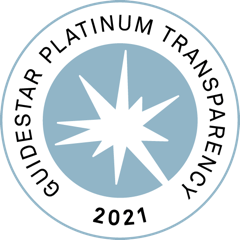Zoledronic acid (Zometa®)
Administration: iv
How it Works
In multiple myeloma, osteoclasts (cells that break down bone) are overactive, so more bone is destroyed faster than new bone can be created. Osteoclasts can cause lesions that weaken the bone and lead to complications. Some of the complications resulting from this bone breakdown are bone pain, fractures, and, less commonly, hypercalcemia (increased levels of calcium in the blood). Zometa slows osteoclast activity.
How it’s Administered
A healthcare provider will administer this injection by infusion into a vein (>15 minutes).
Who Should Take Zometa
Zometa is currently approved for:
- Patients who have high calcium levels in the blood
- Patients with multiple myeloma or other types of cancer have affected the bones
Who Shouldn’t Take Zometa
- Patients with hypersensitivity to Zometa
- Patients with severe kidney problems
- Patients who are pregnant
- Patients with low calcium blood levels
The Most Common Side Effects of Taking Zometa Include:
- Bone pain
- Nausea
- Mild fever
- Fatigue
- Anemia
- Vomiting
- Constipation
- Flu-like symptoms
Learn more about your treatments in Cure Hub
Information provided by www.dynamed.com
and
www.uptodate.com
All About Bisphosphonate Therapy: Zometa (Zoledronic Acid) or Aredia (Pamidronate)
Get the Latest Multiple Myeloma Updates, Delivered to You.
By subscribing to the HealthTree newsletter, you'll receive the latest research, treatment updates, and expert insights to help you navigate your health.



